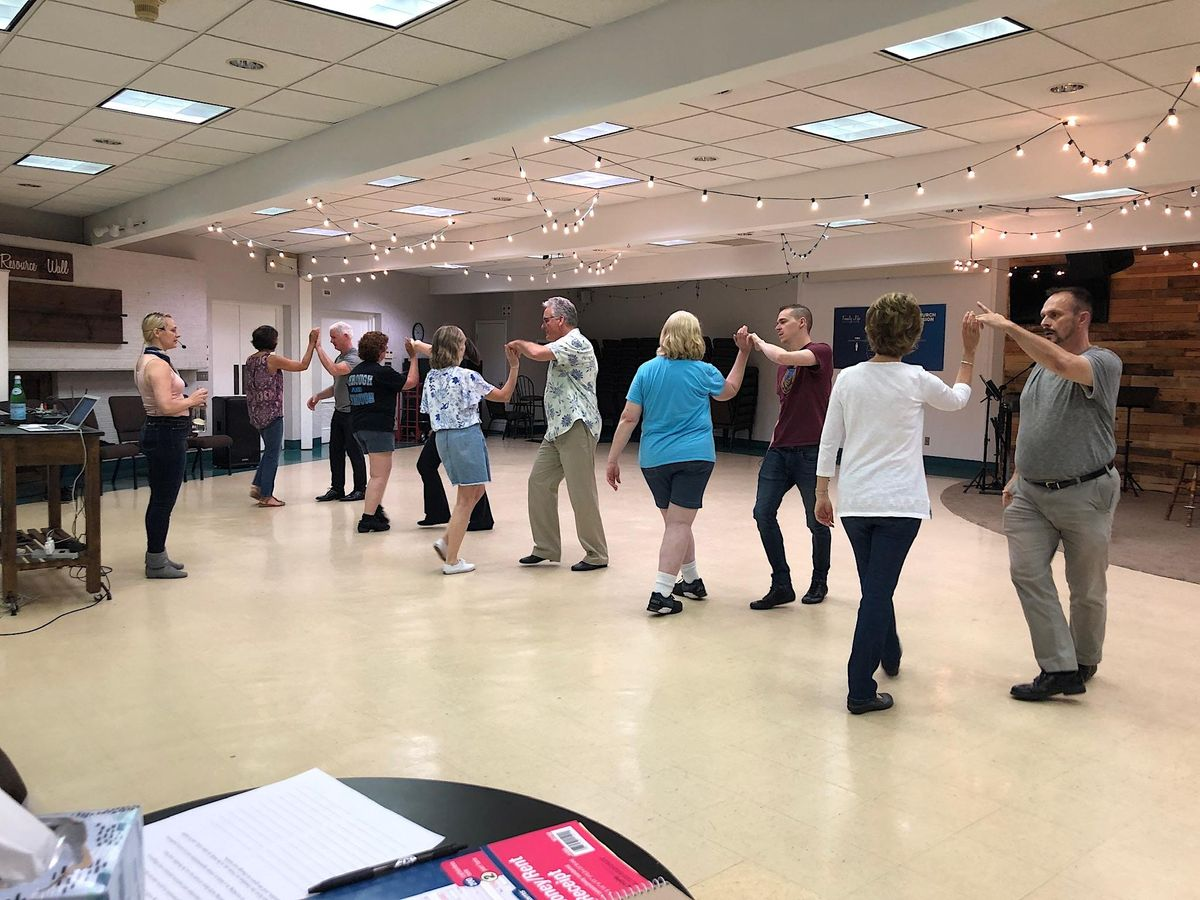Dance with intention is a transformative practice that allows individuals to express emotions, connect with their bodies, and find liberation within movement. In today’s fast-paced world, the power of expressive dance serves as a vital outlet for mental health, encouraging individuals to break free from societal norms and embrace their authentic selves. Engaging in spiritual dancing can create a profound sense of connection, not only to oneself but also to a greater collective experience. Dance techniques that focus on mindfulness and intentionality can enhance the therapeutic benefits of dance therapy, enabling participants to explore their innermost feelings. By prioritizing purpose and presence in their movements, dancers can harness the healing potential inherent in the art of dance.
The concept of dancing with purpose resonates deeply in various forms of movement-based practices. Often referred to as mindful movement or intentional dance, this approach emphasizes the significance of every gesture rather than adhering strictly to technical perfection. Alternative terms like expressive movement and therapeutic dance encapsulate the essence of using dance as a medium for personal expression and emotional release. Engaging in such forms of spiritual movement allows people to explore their emotional landscape while fostering mental well-being. This holistic form of dance invites participants to not just perform but to truly embody their experiences, creating a profound impact on their mental health.
Embracing Dance with Intention
Dancing with intention is a transformative experience that transcends mere movement. It encourages dancers to focus not only on the steps but also on the expression of their inner emotions and narratives. When we engage in dance with this purpose, we unlock deeper layers of ourselves, allowing the dance to become a form of therapy. This connection between movement and intention helps release pent-up emotions and fosters mental well-being, making dance an invaluable tool for anyone looking to enhance their emotional state.
Incorporating the mindset of ‘dance with intention’ into your practice can elevate your experience significantly. Rather than worrying about the onlookers or how you may appear, shift your focus to the meaning behind your movements. This philosophy resonates with the art of expressive dance, where the dancer’s emotional landscape is transformed into a captivating story told through movement. By embracing intention, dancers not only improve their techniques but also gain a greater appreciation for the art form in its entirety.
Unlocking the Power of Expressive Dance
Expressive dance serves as a conduit for individuals to project their innermost feelings and thoughts through movement. It stands as a testament to the fact that dance is not merely about physicality; it’s about conveying stories and emotions that words often fail to express. Such dancing not only beautifies the movement but also helps participants connect with their authentic selves. This holistic approach can be empowering for those seeking therapy through the art of dance, making it a powerful tool for self-discovery.
Moreover, expressive dance caters to the mental health aspect of life, providing an outlet for stress relief and emotional release. By tapping into their feelings and using movement as a means of expression, dancers create a space where mental health can flourish. It can be likened to a form of dance therapy, where the dance techniques employed are not bound by traditional forms but are instead a reflection of individual experiences and emotions.
The Connection Between Dance and Mental Health
The connection between dance and mental health is profound, as the act of dancing releases endorphins that can uplift mood and combat feelings of anxiety or depression. Engaging in dance offers a way for individuals to process their thoughts and emotions, creating a therapeutic environment without the need for spoken words. Whether through structured classes or freeform dancing, individuals can find solace in movement, which is particularly beneficial for those dealing with mental health challenges.
Furthermore, dance therapy has been embraced in many therapeutic settings as an innovative approach to healing. Practitioners utilize dance techniques to help clients explore their emotions and communicate their experiences creatively. This not only improves mental health but encourages a sense of community among participants, fostering connections that can lead to further emotional support. This unique blend of movement and emotional exploration turns dance into a significant component of mental well-being.
Exploring Spiritual Dancing Traditions
Dancing for spiritual purposes has deep roots in various cultures, often serving as a means to connect with the divine or express spirituality through physical movement. One well-known practice is the West African djine foly, which exemplifies how dance can lead to a trance-like state, allowing individuals to experience joy and spiritual enlightenment. Such experiences underscore the importance of rhythm and movement as pathways to transcendent states of consciousness.
These spiritual dances often encourage not only participation but also a communal sense of spirituality that can unify dancers in their shared experience. Incorporating elements of spiritual dancing into our everyday movements can help individuals tap into their spiritual selves, fostering a deeper connection with other dancers. By honoring these traditions, we can enhance our own dance journey and explore the profound effects of spirituality intertwining with physical expression.
Dance Techniques: Merging Body and Mind
Understanding various dance techniques can enhance your dance experience by merging physical movement with mental awareness. Each technique offers unique approaches to movement that can be both heavily structured or allow for improvisation, encouraging dancers to find their rhythm and flow. Mastering these techniques not only improves physical ability but cultivates confidence in expressing oneself through dance.
Additionally, exploring different dance styles can serve as an entry point to discovering personal expression. Techniques derived from ballet to contemporary dance each open new pathways for storytelling through movement. This exploration not only fosters creativity but enhances mental clarity, allowing dancers to engage with their bodies in a more profound way. As dancers strengthen their skills and deepen their understanding of various techniques, they also improve their ability to communicate their inner narratives through movement.
The Role of Dance Therapy in Self-Discovery
Dance therapy integrates movement and creative expression to aid in personal growth and self-understanding. It allows individuals to articulate feelings non-verbally, which can be especially beneficial for those who find it difficult to express their emotions through traditional communication. In these therapeutic sessions, participants often discover hidden layers of their personalities, leading to profound insights about themselves.
Moreover, dance therapy creates an environment where vulnerability is welcomed. Participants engage in dance techniques that encourage trust and openness, fostering a sense of community that supports emotional healing. This nurturing aspect of dance therapy can empower individuals to confront personal challenges and promote a healthier mental state through movement and expression.
Finding Freedom in Dance via Expression
Finding freedom in dance often comes from the act of letting go—liberating oneself from societal expectations and self-judgment to fully immerse in the art form. When individuals embrace their unique styles and allow their bodies to move freely, they tap into a wellspring of creativity and self-expression. This act reinforces the idea that dance is a personal journey where the outcome is less important than the process itself.
Furthermore, this sense of freedom empowers dancers to tell their own stories without restraint. It merges the personal with the artistic, resulting in performances that resonate on a deeper level with both the dancer and the audience. By encouraging this freedom, dancers can explore the vast possibilities within their movements, ultimately creating art that is both authentic and deeply expressive.
How to Overcome Fear of Dancing in Public
Overcoming the fear of dancing in public is often achieved through embracing a mindset of liberation and community rather than judgment. Start by shifting your perspective from what others may think to how dance serves you personally. Consider dancing as a form of self-expression where confidence grows not from perfection but from authenticity. When focused on personal enjoyment rather than external validation, the fear of judgment dissipates, allowing for a more liberated experience.
Additionally, practice becomes a powerful ally in building confidence. Engaging in dance classes or workshops can provide supportive environments that strengthen not only your skills but also your courage to perform publicly. By surrounding yourself with like-minded individuals who share similar fears, you foster an atmosphere of encouragement where anyone can dance without the weight of self-doubt, enhancing the overall joy of the collective dance experience.
The Transformative Power of Dance
Dance transforms lives in numerous ways, engaging individuals physically, emotionally, and spiritually. It serves as a universal language that transcends cultural barriers, allowing people to connect and communicate through shared movement. This form of expression facilitates healing, unites communities, and nurtures creativity. As dancers navigate their journeys, they often find a renewed sense of purpose and revitalization through the practice of dance.
Moreover, the transformative power of dance extends beyond personal growth; it can influence societal change by challenging norms and promoting inclusivity. By embracing diverse dance forms and celebrating individual stories, movement can become a catalyst for dialogue about identity, belonging, and human experience. This shift not only empowers individuals but also enriches the broader culture, making dance a genuinely transformative force.
Frequently Asked Questions
What is dance with intention, and how does it relate to expressive dance?
Dance with intention involves moving with purpose and mindfulness, often focusing on storytelling and emotional expression. Expressive dance, a key aspect of this practice, allows dancers to communicate feelings and experiences without limitations, encouraging a deeper connection to their movements.
How can dance for mental health improve emotional well-being?
Engaging in dance for mental health can significantly boost emotional well-being by allowing individuals to release stress and anxiety, enhance mood, and promote self-expression. Dance with intention creates a safe space for participants to explore their emotions through movement.
What role does spiritual dancing play in mental and emotional healing?
Spiritual dancing combines physical movement with a connection to inner self and higher states of consciousness, facilitating mental and emotional healing. Through practices like dance therapy, individuals can experience transformation and find peace, tapping into deeper aspects of spirituality while dancing with intention.
Can dance techniques enhance the effectiveness of dance therapy?
Yes, incorporating various dance techniques in dance therapy can enhance its effectiveness. Techniques that emphasize body awareness, rhythm, and creative expression can foster emotional release and support therapeutic goals, allowing participants to engage in dance with intention for holistic healing.
How does intention influence the healing power of dance therapy?
Intention acts as a guiding force in dance therapy, shaping the experience and focus of the session. When participants approach dance with a clear intention—whether for release, expression, or exploration—they can activate a deeper connection to their emotions, facilitating healing and personal growth.
| Key Points | Details |
|---|---|
| Dance and Visibility | Jeffrey L. Page emphasizes the importance of being seen through dance, contrary to societal pressures that often push individuals to become ‘invisible’. |
| Catharsis in Dance | Dancing allows individuals to access emotional depths, akin to finding the perfect sentence in writing, leading to a transformative experience. |
| Spiritual Aspect of Dance | The Malian practice of ‘djine foly’ illustrates how dancing can lead to trance-like states and spiritual happiness, resonating within Black cultural expressions. |
| Release of Tension | Communicative dancing involves vocal expressions and physical abandon—not worrying about looking good but simply dancing with intention. |
Summary
Dance with intention emphasizes the importance of being seen and expressing oneself unreservedly. Through the lens of Jeffrey L. Page’s insights, dance transforms from an art form to a medium for personal and spiritual expression, allowing individuals to break free from societal expectations and embrace their true selves. This approach not only provides emotional release but also creates a dialogue between the dancer and the audience, making dance a powerful act of visibility and liberation.



